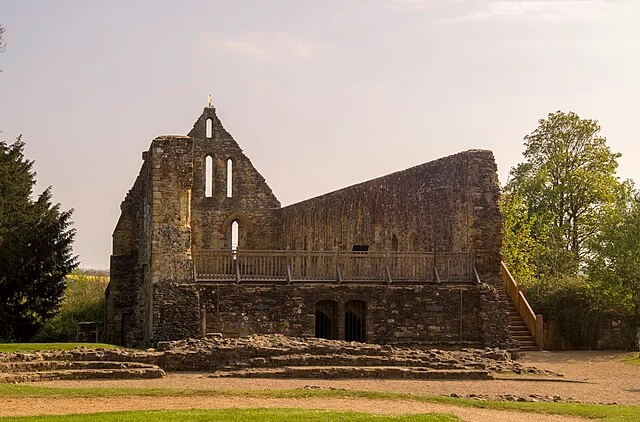The Battle Abbey is a historical site located near the town of Battle in East Sussex, England. It is closely associated with the Battle of Hastings, fought in 1066 AD, one of the most significant battles in English history. The Abbey was constructed to commemorate this battle and its outcome, which led to the Norman Conquest of England.
Get your dose of History via Email
History and Origins
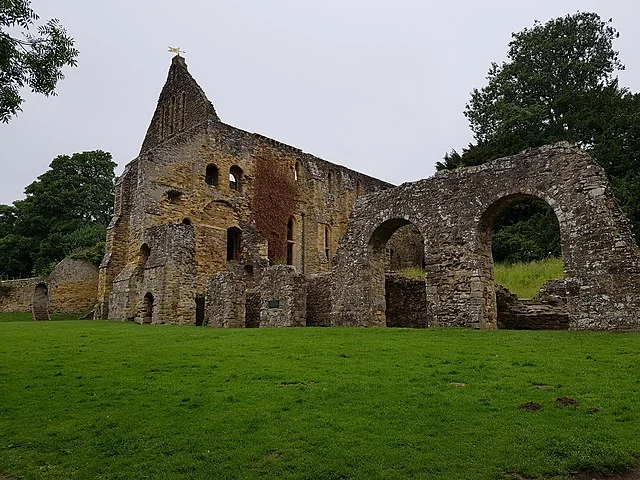
The Battle of Hastings occurred on October 14, 1066 AD, between the Norman forces led by Duke William of Normandy and the Anglo-Saxon army commanded by King Harold II of England. Following his victory, William the Conqueror ordered the construction of the Abbey on the battlefield. The purpose was twofold: to honor the men who fought and died in the battle and to atone for the bloodshed.
Work on the Abbey began shortly after William’s victory. The foundation stone was laid in 1070 AD, though it was not completed until the 13th century. The Abbey was dedicated to Saint Martin, a Roman soldier turned Christian monk, chosen for his symbolism of peace.
Architecture and Features
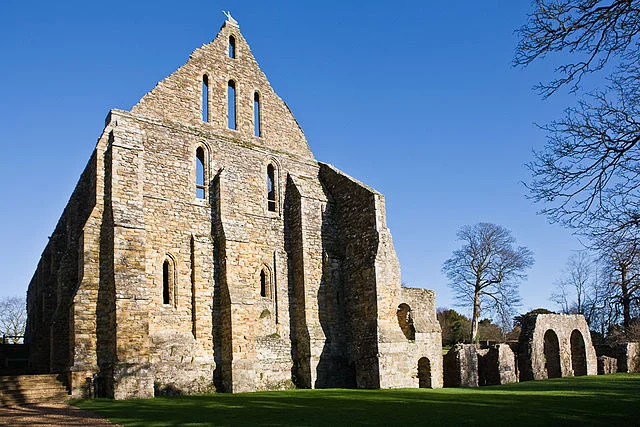
The Abbey was originally designed in the Romanesque style, featuring thick stone walls and large, round arches. It housed a community of Benedictine monks who were responsible for praying for the souls of the fallen. The church itself was enormous, with a choir area where the monks conducted their services.
In addition to the church, the Abbey complex included cloisters, a chapter house, a refectory, and living quarters for the monks. The Abbey was richly endowed with land and wealth from its founding, making it one of the most important religious institutions in medieval England.
Decline and Dissolution
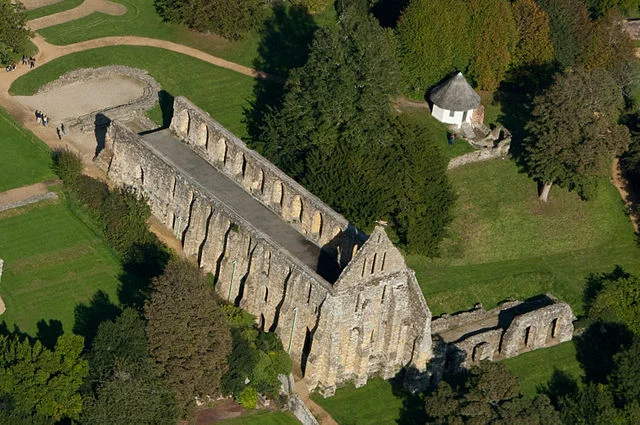
In the 16th century, during the reign of King Henry VIII, the Abbey, like many other monasteries, was dissolved as part of the English Reformation. In 1538 AD, the Abbey was closed, and its lands were seized by the crown. Much of the Abbey was dismantled for its building materials, and what remained fell into disrepair.
Despite this, parts of the Abbey, including the site of the original altar, have survived. Some remnants of the Abbey can still be seen at the site today. In the 19th century, parts of the Abbey were incorporated into the Battle Abbey School, which remains a prominent feature of the site.
Battle Abbey Today
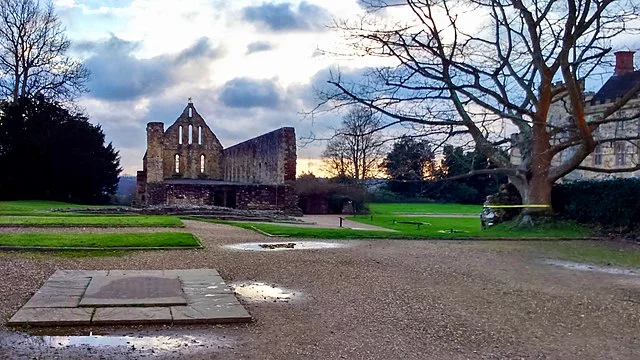
Today, Battle Abbey is a tourist attraction and a site of historical interest. The Battle of Hastings was a pivotal event in shaping the history of England, and the Abbey stands as a reminder of the impact of this event. Visitors can explore the grounds and learn more about the history of the battle and the Abbey itself. The Abbey’s chapel is still in use for services, adding to its continued cultural and historical significance.
In summary, the Battle Abbey is an enduring symbol of the Norman Conquest and the Battle of Hastings. Its construction, destruction, and preservation reflect the tumultuous history of medieval England. Today, it serves as both a place of historical reflection and an active site of education.
Source:

